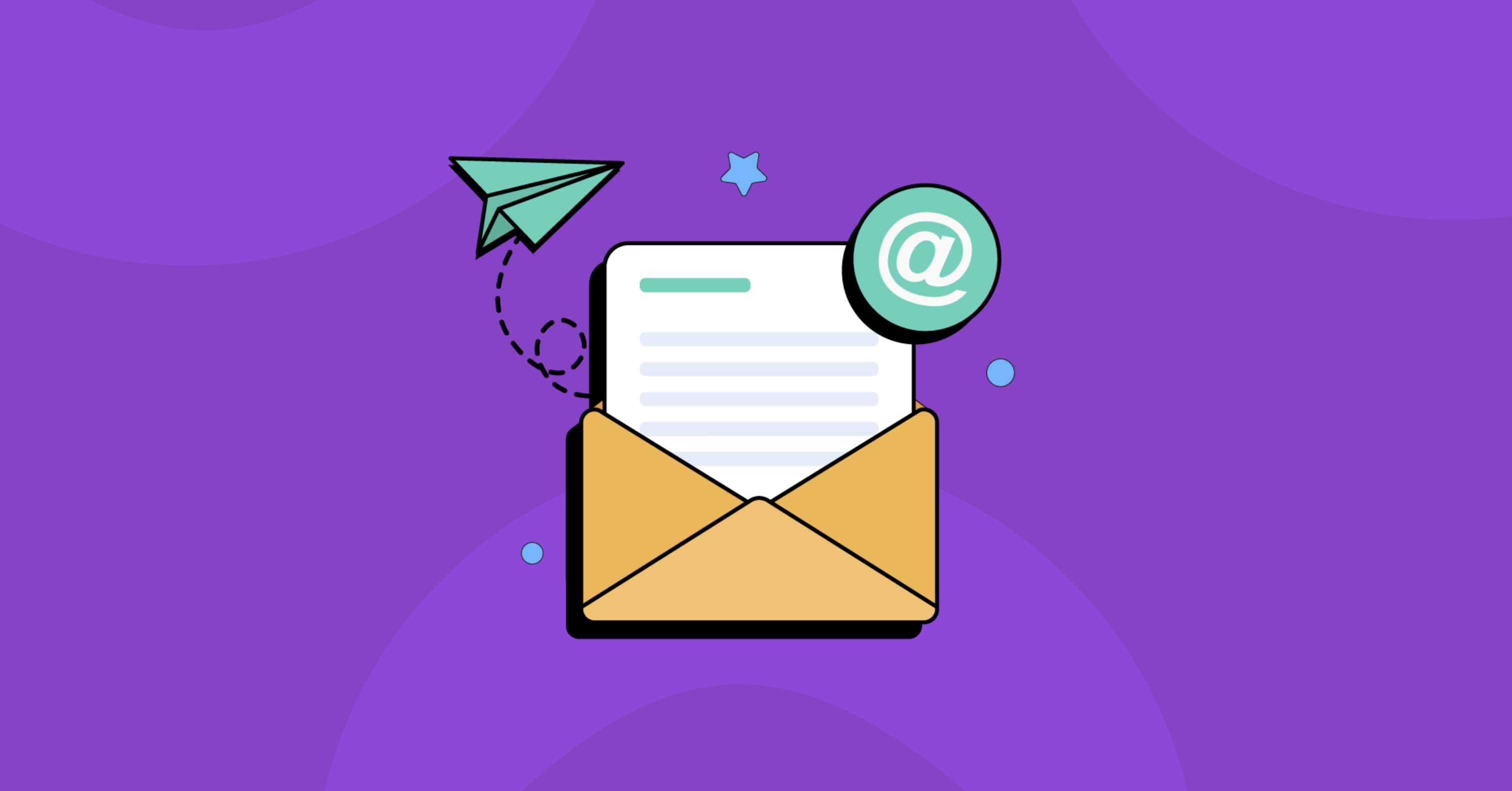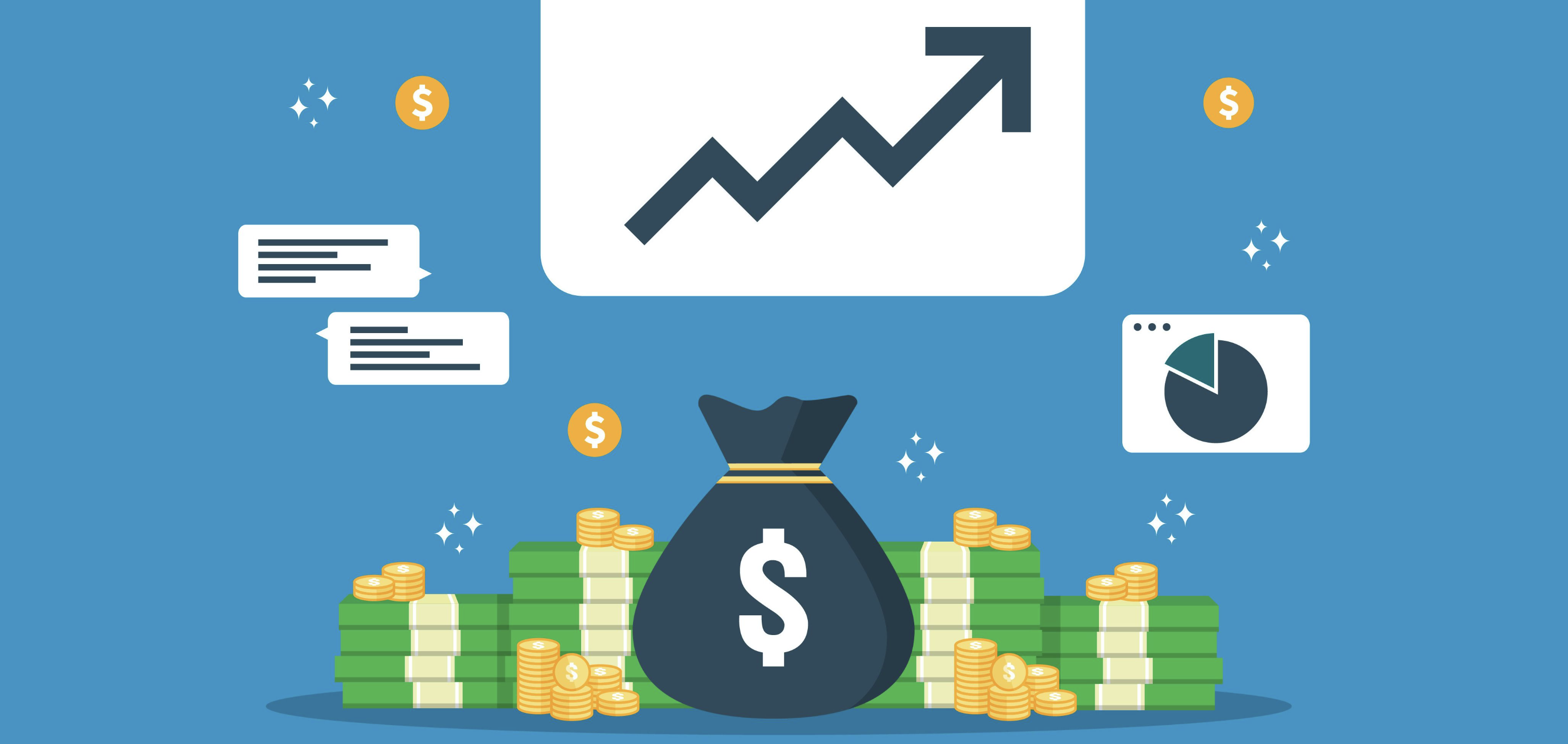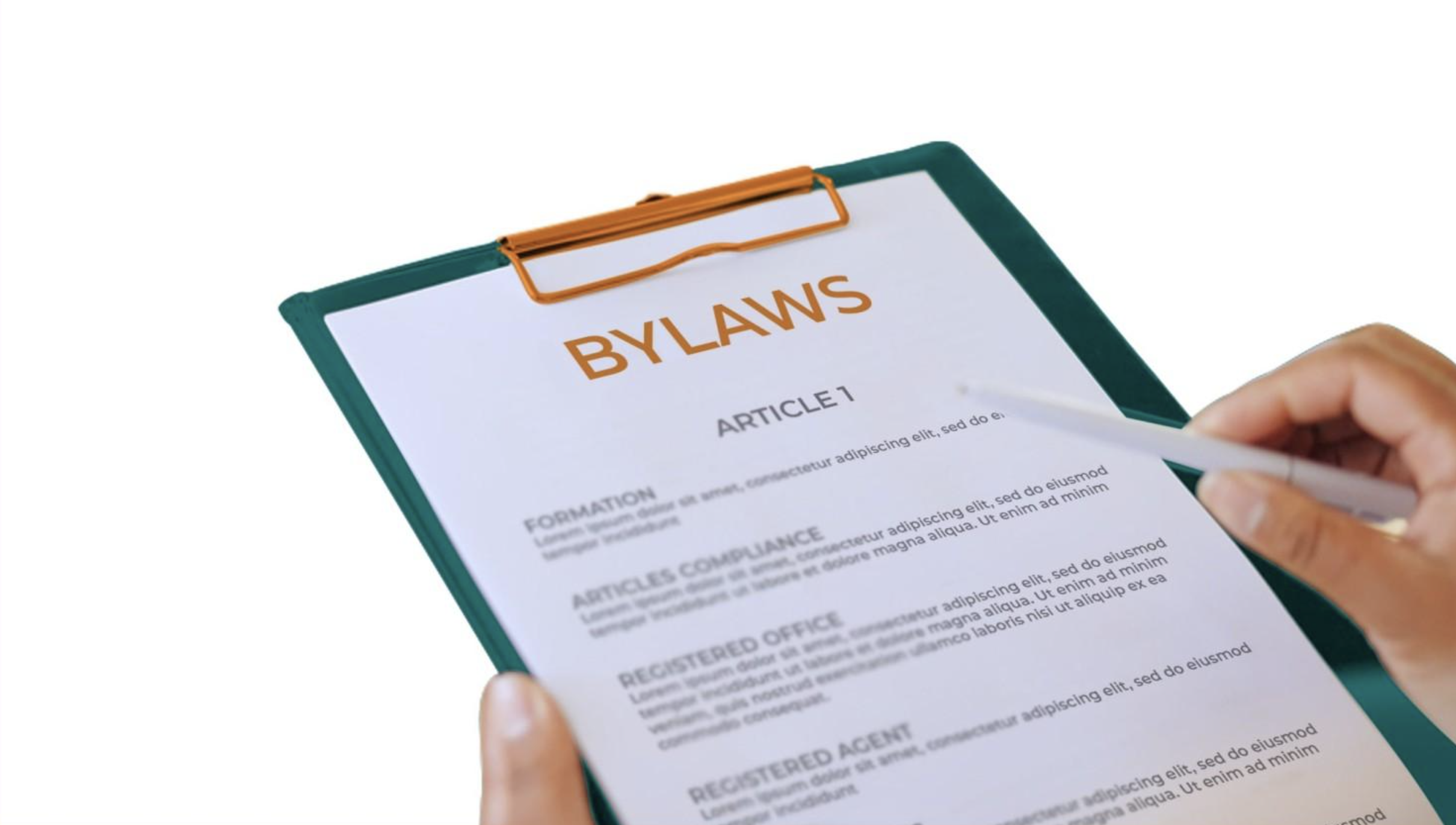
How to Create Engaging Emails for Your Booster Club: Turning Inbox Messages into Community Action
Mastering the art of email communication that gets opened, read, and acted upon
Let's be honest: your booster club's email probably isn't the first thing people rush to open in their inbox. It's competing with work messages, family updates, and approximately 4,000 promotional emails from every store they've ever shopped at. But here's the exciting news – with the right approach, your booster club emails can become the messages people actually look forward to receiving!
Great email communication isn't about bombarding your community with information. It's about creating connections, inspiring action, and building the kind of relationships that turn casual supporters into passionate champions. Ready to transform your email game from "delete without reading" to "can't wait to see what's next"?
Why Email Still Rules the Communication Kingdom
Despite social media's popularity, email remains the most effective way to reach your booster club community. According to the Data & Marketing Association, email marketing generates an average ROI of $42 for every $1 spent – making it one of the most cost-effective communication tools available to nonprofits.
But here's the secret sauce: successful booster club emails don't just inform, they inspire. They don't just update, they motivate. And they don't just communicate, they build community connections that last.
The Anatomy of Emails People Actually Want to Read
Subject Lines That Stop the Scroll
The 5-Second Rule Your subject line has about five seconds to convince someone to open your email instead of hitting delete. Make those seconds count:
Victory-Focused Subjects
- "🏆 Your Support Just Sent 12 Students to State Championships!"
- "AMAZING: We Hit Our Equipment Goal Thanks to YOU!"
- "You'll Never Guess What Happened at Friday's Game..."
Curiosity-Driven Approaches
- "The $500 Question That Could Change Everything"
- "What 47 Families Discovered About Our Programs"
- "The Secret Behind Our Team's Championship Run"
Urgency That Motivates (Without Being Pushy)
- "Last Chance: Homecoming Sponsorship Deadline Tomorrow"
- "Only 3 Days Left to Join the Century Club"
- "Breaking: Emergency Equipment Fund Needed"
Opening Lines That Hook Readers
Skip the boring "Hope this email finds you well" and jump straight into compelling content:
Start with Impact "Thanks to your support, Sarah just received her first college scholarship offer – and she wants to thank you personally at Thursday's meeting!"
Lead with Excitement "We have news so good, we couldn't wait until the next newsletter to share it with you!"
Create Connection "Remember that broken equipment we talked about last month? Well, you're not going to believe what happened next..."
Content Structure That Keeps People Reading
The STORY Method
Situation: Set the scene with what's happening Task: Explain what needs to be accomplished
Action: Show how your community can help Result: Paint a picture of the positive outcome You: Make it personal and relevant to the reader
Example in Action: Situation: "Our debate team just qualified for nationals – the first time in school history!" Task: "They need $3,000 for travel and registration fees by March 15th." Action: "We're launching a special 'Send Them to Nationals' campaign this week." Result: "With your help, these students will compete against the best in the country and gain life-changing experience." You: "Your $25 donation could be the difference between dreams and reality for these amazing kids."
Visual Elements That Enhance Reading
Strategic Use of Formatting
- Bold key points that readers can scan quickly
- Italics for emphasis on emotional moments
- Bullet points for easy-to-digest information
- Short paragraphs (2-3 sentences max) for mobile reading
Photo Integration
- Action shots of students using equipment you've funded
- Behind-the-scenes moments from events and activities
- Before/after images showing your impact
- Group photos that showcase community involvement
Email Types That Drive Different Actions
The Celebration Email
Purpose: Share good news and build excitement Timing: Immediately after achievements or milestones Key Elements:
- Exciting subject line with celebration emojis
- Photos or videos of the success moment
- Specific details about what was accomplished
- Credit to supporters who made it possible
- Transition to next goal or opportunity
The Call-to-Action Email
Purpose: Motivate specific actions (donate, volunteer, attend) Timing: 2-3 weeks before deadlines or events Key Elements:
- Clear, single primary action request
- Compelling reason why their help is needed
- Easy-to-click buttons and links
- Deadline information prominently displayed
- Multiple ways to take action (donate, share, volunteer)
The Storytelling Email
Purpose: Build emotional connections and community Timing: Monthly or during slower periods Key Elements:
- Personal story about student impact
- Journey narrative (challenge → support → success)
- Relatable details that create emotional connection
- Connection between story and ongoing needs
- Invitation for readers to share their own stories
The Update Email
Purpose: Keep community informed and engaged Timing: Bi-weekly or monthly depending on activity level Key Elements:
- Multiple short updates rather than one long story
- Mix of achievements, upcoming events, and needs
- Volunteer spotlights and recognition
- Calendar information and important dates
- Easy ways to stay more involved
Technical Best Practices That Ensure Delivery
Mobile-First Design
Critical Statistics: Over 60% of emails are opened on mobile devices, so your emails must look great on smartphones:
- Single-column layouts that stack properly on small screens
- Large, clickable buttons (minimum 44px height)
- Readable font sizes (at least 14px for body text)
- Compressed images that load quickly on cellular data
CAN-SPAM Compliance
Legal Requirements for all email communications:
- Clear sender identification with your booster club name
- Truthful subject lines that accurately reflect email content
- Physical address of your organization in every email
- Easy unsubscribe option prominently displayed
- Honor opt-out requests within 10 business days
List Management Best Practices
Growing Your List Ethically
- Opt-in forms on your website and at events
- Double opt-in confirmation to ensure email accuracy
- Segmentation options allowing people to choose content types
- Regular list cleaning removing bounced and inactive emails
Timing and Frequency Strategies
Optimal Send Times
General Guidelines (but test with your specific community):
- Tuesday through Thursday: Highest engagement rates
- 10 AM - 11 AM: Peak opening times for most audiences
- 6 PM - 8 PM: Good for working parents checking personal email
- Avoid Mondays and Fridays: Lower engagement typically
Frequency Balance
Finding Your Sweet Spot:
- Weekly during active seasons (sports seasons, fundraising campaigns)
- Bi-weekly during regular periods for consistent engagement
- Monthly minimum to maintain connection and awareness
- Special alerts for urgent news and opportunities
Common Email Mistakes to Avoid
Content Pitfalls
- Information overload: Trying to cover too many topics in one email
- Buried call-to-action: Making it hard to find how to help
- Generic messaging: Sending the same email to all audience segments
- Inconsistent sending: Long gaps followed by email floods
Technical Errors
- Broken links: Always test every link before sending
- Missing mobile optimization: Ignoring smartphone users
- Poor image quality: Blurry or poorly sized photos
- Spam trigger words: Avoiding words like "free," "urgent," or excessive punctuation
Your Email Excellence Action Plan
Ready to transform your booster club's email communication?
- Audit your current emails for engagement and effectiveness
- Segment your email list by interests and involvement level
- Create email templates for different purposes and occasions
- Establish a content calendar with regular sending schedule
- Test different approaches with small groups before full sends
- Track performance metrics and adjust strategies accordingly
- Build feedback loops asking subscribers what content they want
The Ultimate Email Victory
Great email communication isn't about perfect design or fancy technology – it's about creating genuine connections with your community. When your emails consistently deliver value, inspiration, and clear ways to make a difference, people don't just open them; they look forward to them.
Remember, every email you send is an opportunity to strengthen relationships, celebrate achievements, and invite people into the amazing work your booster club is doing. Make each message count, keep your community engaged, and watch as your email communications become a powerful force for building lasting support.
Your community wants to hear from you – now make sure they can't wait to read what you have to say!
Ready to upgrade your email communications? Visit BoosterHub.com to explore integrated email marketing tools designed specifically for booster clubs and community organizations.
Simplify Communications from App to Website




.png)